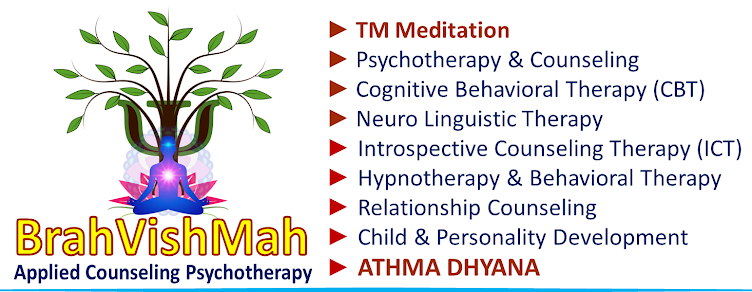Shared Psychotic Disorder or Induced Delusional Disorder is a rare delusional disorder shared by 2 or, occasionally, more people with close emotional ties. This disorder is typically characterized by the presence of similar psychotic symptoms in two or more individuals. However, the number of reports on delusions shared by more than two people is extremely small. Most often the symptoms are delusional. Usually the ‘primary’ case, i.e. the individual who first develops psychotic symptoms, can be distinguished from one or more ‘secondary’ cases, in whom the symptoms are induced.
It is also known in the name Folie à deux ('madness shared by two'), also known as shared psychosis or shared delusional disorder (SDD), is a psychiatric syndrome in which symptoms of a delusional belief, and sometimes hallucinations are transmitted from one individual to another.Types of SPD
1) Bizarre delusions are clearly implausible and not understood by peers within the same culture, even those with psychological disorders
2) Non-bizarre delusions are common among those with personality disorders and are understood by people within the same culture
3) Mood-congruent delusions correspond to a person's emotions within a given timeframe, especially during an episode of mania or depression
4) Mood-neutral delusions are not affected by mood, and can be bizarre or non-bizarre; the formal definition provided by Mental Health Daily is "a false belief that isn't directly related to the person's emotional state
Symptoms
1) They must have a delusion that develops in the context of a close relationship with an individual with an already established delusion
2) The delusion must be very similar or even identical to the one already established one that the primary case has
3) The delusion cannot be better explained by any other psychological disorder, mood disorder with psychological features, a direct result of physiological effects of substance abuse or any general medical condition
4) Folie imposée is where a dominant person (known as the 'primary', 'inducer' or 'principal') initially forms a delusional belief during a psychotic episode and imposes it on another person or persons (the 'secondary', 'acceptor', or 'associate') with the assumption that the secondary person might not have become deluded if left to his or her own devices. If the parties are admitted to hospital separately, then the delusions in the person with the induced beliefs usually resolve without the need of medication
5) Folie simultanée describes either the situation where two people considered to suffer independently from psychosis influence the content of each other's delusions so they become identical or strikingly similar, or one in which two people "morbidly predisposed" to delusional psychosis mutually trigger symptoms in each other
Treatment
1) The antipsychotics are often prescribed for a short time to prevent the delusions. Antipsychotics are medications that reduce or relieve symptoms of psychosis such as delusions or hallucinations (seeing or hearing something that is not there)
2) Cognitive Behavioral Therapy (CBT) is one-on-one counseling that focuses on building a relationship between the counselor and the patient and aims to create a positive environment where the patient feels that they can speak freely and truthfully. This is advantageous because the counselor can usually get more information out of the patient to get a better idea of how to help them if that patient feels safe and trusts them
3) Family
therapy is a technique in which the entire family comes into therapy together
to work on their relationships and to find ways to eliminate the delusion
within the family dynamic





No comments:
Post a Comment